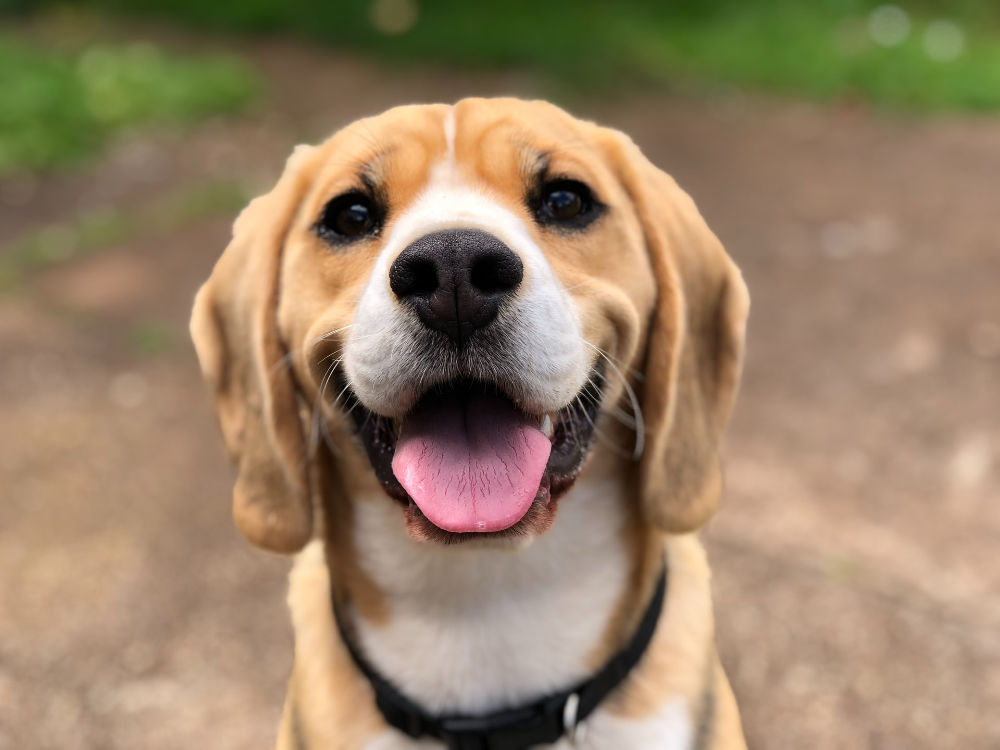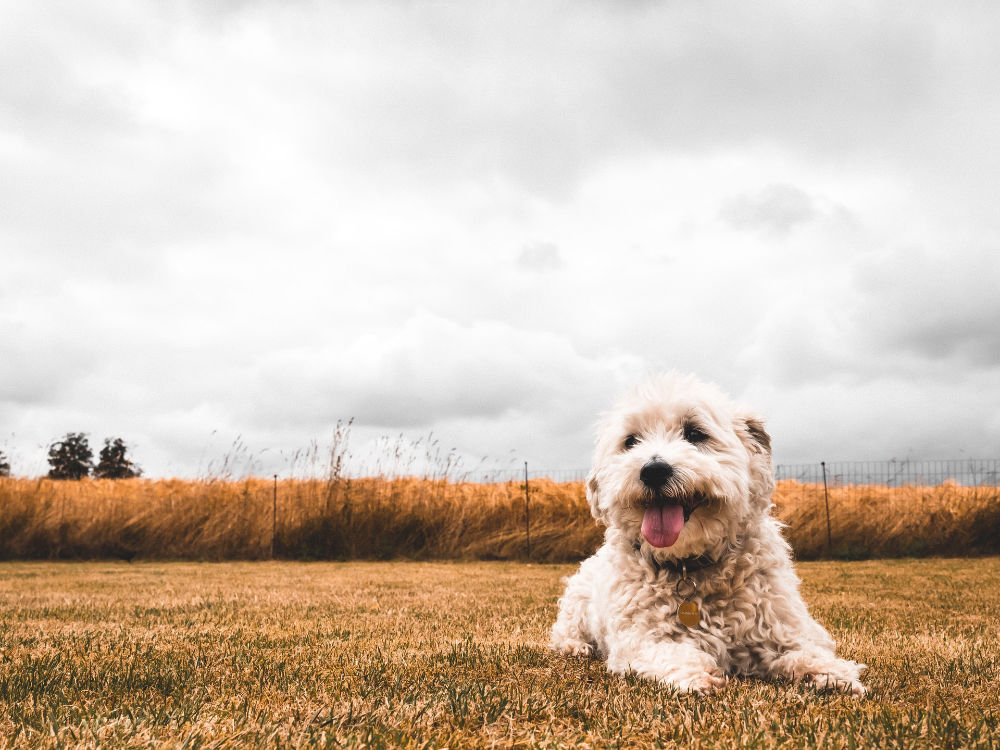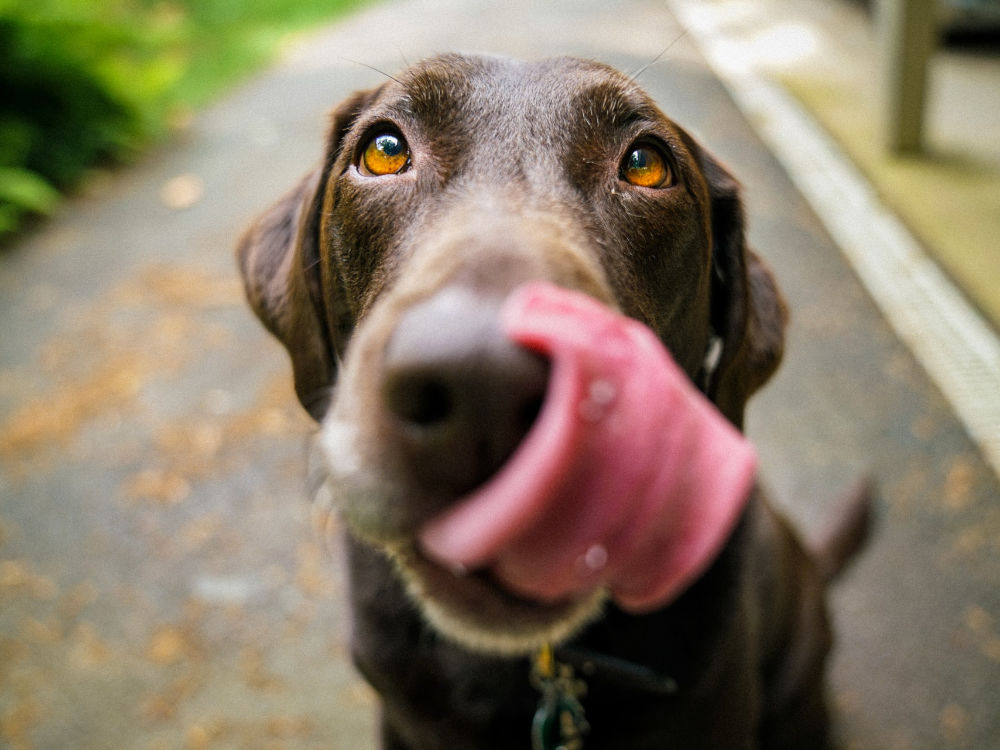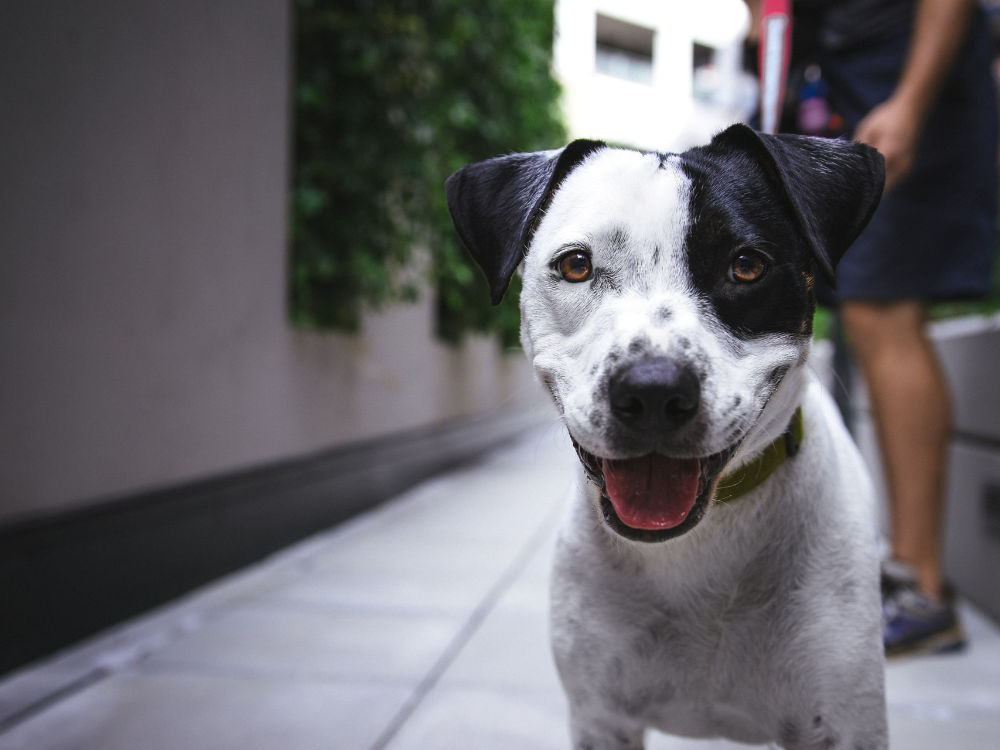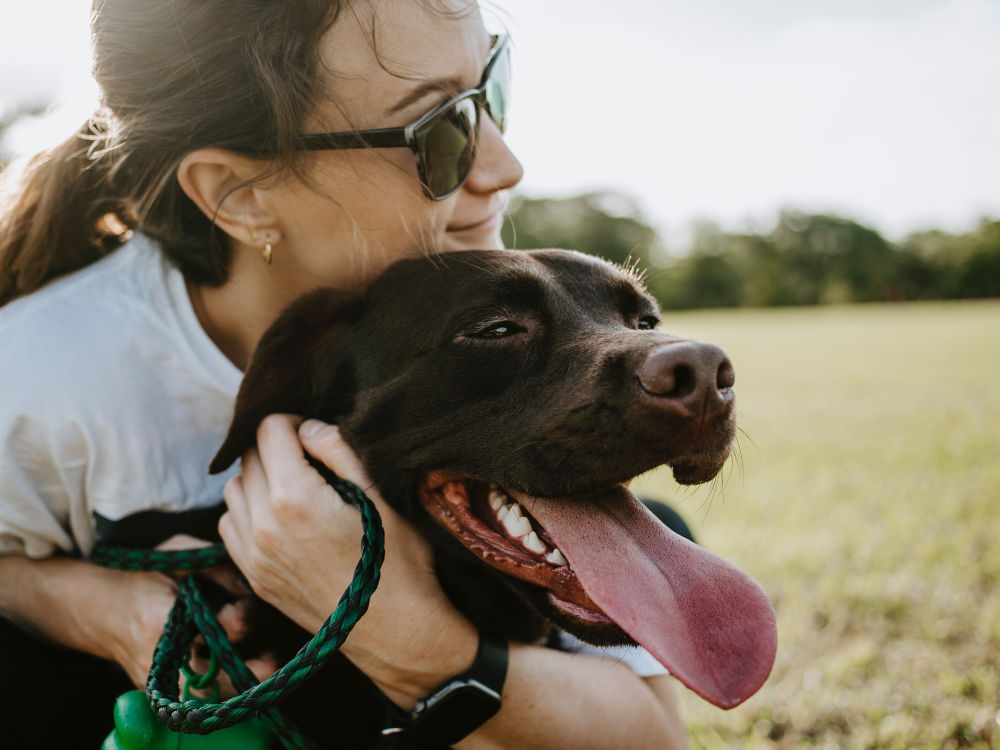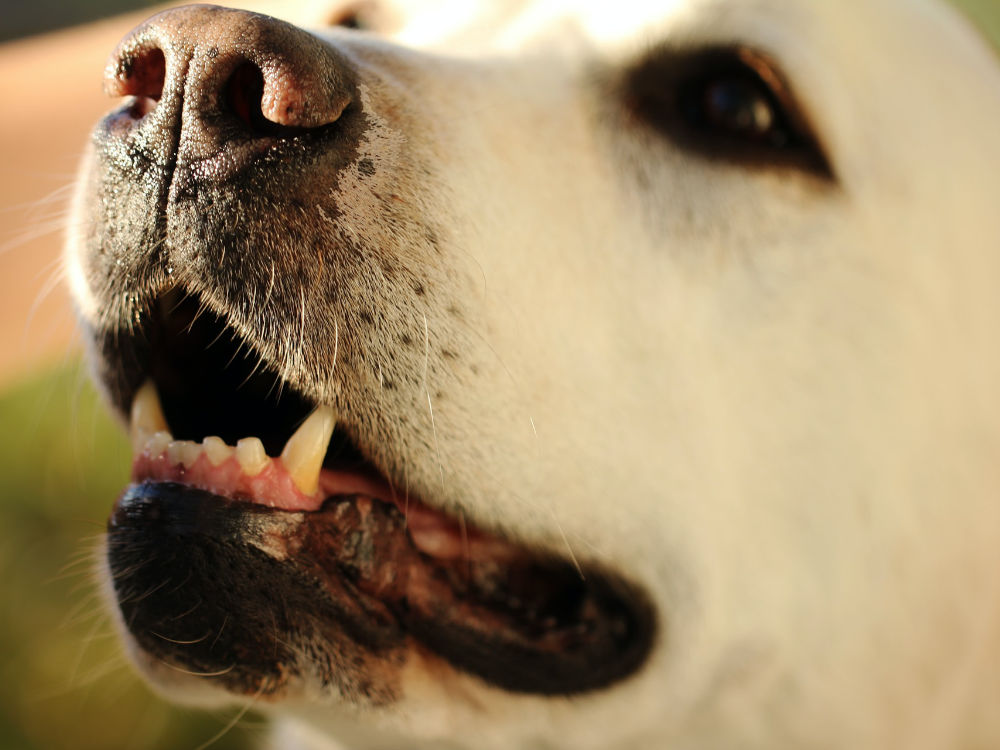If Your Dog Has a Swollen Tongue, It Could Mean This
The tongue is a unique organ that is responsible for a diverse array of functions including vocalization, prehension and swallowing of food and water, chewing (mastication), grooming, and suckling in dogs. Additionally, the tongue aids in reducing body temperature (thermoregulation) during panting.


